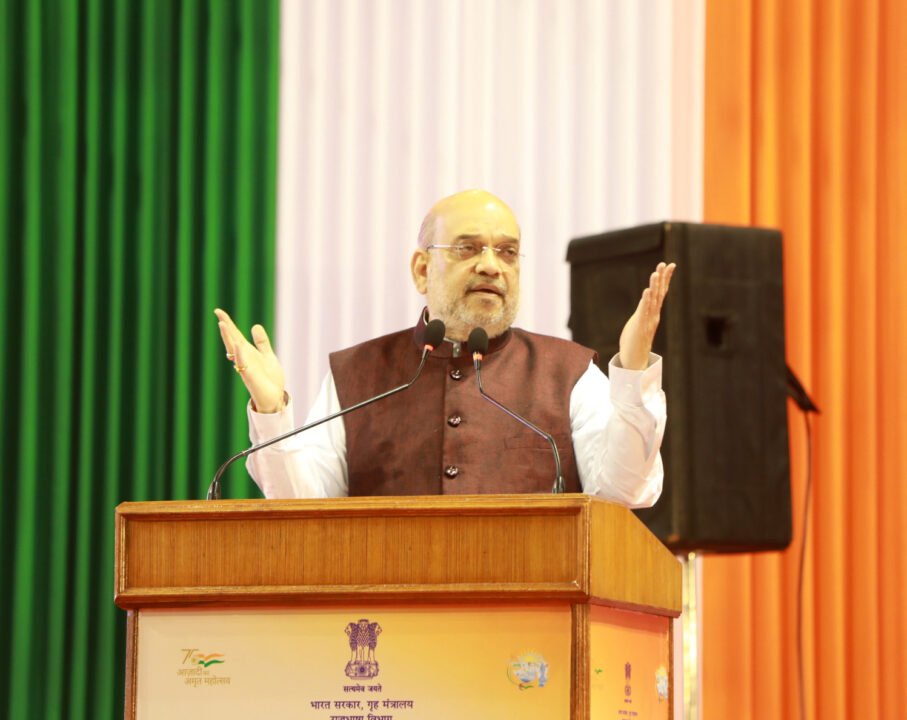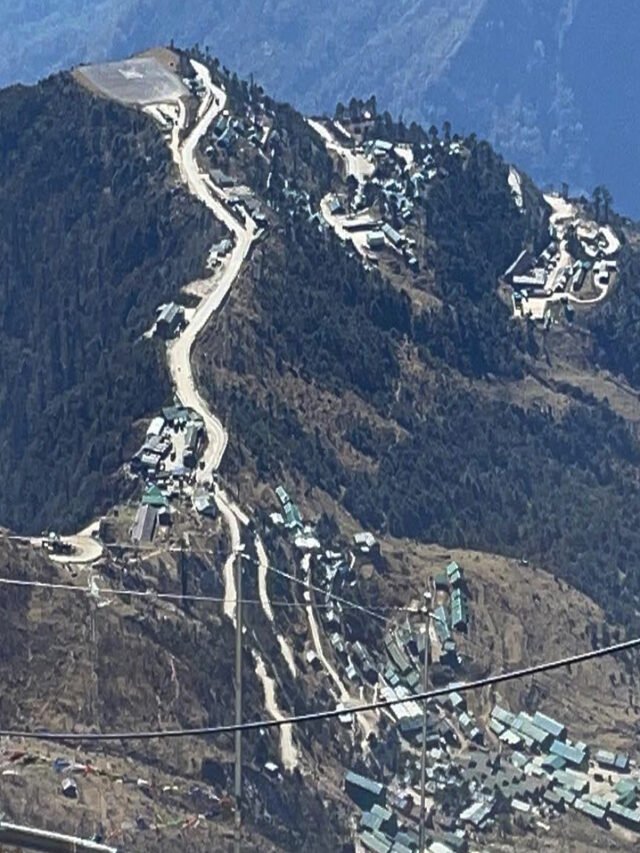NEW DELHI, April 23 (PTI): ‘Goblin mode’, ‘Vax’, ‘Climate Emergency’, and ‘Toxic’ — these are among the “Oxford Word of the year” chosen in the last five years.
Casper Grathwohl, President of Oxford Languages, elaborated the process in an interview with PTI from New York.
“Each year, a team of lexicographers comes together from Oxford University Press to review the evidence and select the Oxford word of the year. In considering a word as a candidate for the word of the year, we look at various factors and analyse real language data.
“Frequency of use is one of the key indicators that a word may be a good candidate if it has a spike in usage that year, we then look and see what has been happening with that word and why it experiences such increased usage,” he said.
Grathwohl explained that the final word is chosen from a shortlist of around 30-40 words every year.
“Throughout the year, the Oxford University Press is marking candidates they think would make a potential word of the year. When the word of the year begins, we gather these together. We also send our queries to our staff asking them for candidates and we usually have a long list of 30-40 potential words of the year. We then go for the process of analysing language that has been nominated to move the list to shortest and eventually settle the word of the year,” he said.
Asked about whether “word of the year” is also included in the dictionary, he said, “not necessarily”.
“Good candidates for word of the year are often words that are emerging in the language in real time. As a result, often the word of the year has not yet been included in the dictionary itself at the time of announcement. We are trying to capture something that is the ethos and spirit of that year, but maybe only later, is it added to the actual dictionary itself,” he said.
For the first, Oxford had in 2022 introduced a new stage in deciding the word of the year, by allowing people from across the world to vote from a final choice of three words.
“This year we went through the whole process until we reached the three finalists and decided rather than make the final decision ourselves reviewing the material and the data that was available, we would open it up to the public and have them make the decision around which of those three finalists they felt was the strongest word of the year,” he said.
With 3.18 lakh votes from across the globe, “Goblin mode” was the Word of the Year in 2022.
Goblin mode – a slang term, often used in the expressions “in goblin mode” or “to go goblin mode”– is “a type of behaviour which is unapologetically self-indulgent, lazy, slovenly, or greedy, typically in a way that rejects social norms or expectations”.
Although first seen on Twitter in 2009, goblin mode went viral on social media in February 2022, quickly making its way into newspapers and magazines.
The 2021 word was “Vax” which highlighted the medical breakthroughs and the rise of Covid vaccines across the world.
In 2020, Oxford for the first time had chosen not to name a word of the year, describing 2020 as “a year which cannot be neatly accommodated in one single word”. Instead, from “unmute” to “mail-in”, and from “coronavirus” to “lockdown”, the eminent reference work has announced its “words of an ‘unprecedented’ year”.
“Toxic” and “Climate emergency” were chosen as Word of the Year in 2018 and 2019 respectively.
Sharing an anecdote, Grathwohl said, several years ago, when emojis exploded in usage, that word emoji was nominated as the word of the year.
“In the end of the day it was actually decided to not pick that word but pick an emoji itself. We knew this will select the controversial, we knew some word-lovers will be up in arms because an emoji is not a word but that’s exactly… we were trying to do which is to create a campaign that make people think about language how we are using it and how languages are evolving and changing and that year we had a huge amount of attention for the word of the year.
“We have lots of people who love that word of the year and who also felt like that word of the year was the beginning of the end of language. So, these campaigns often not just characterised where we are at but also created to be around where language is going and what it tells about how we are evolving as humans,” he said.












